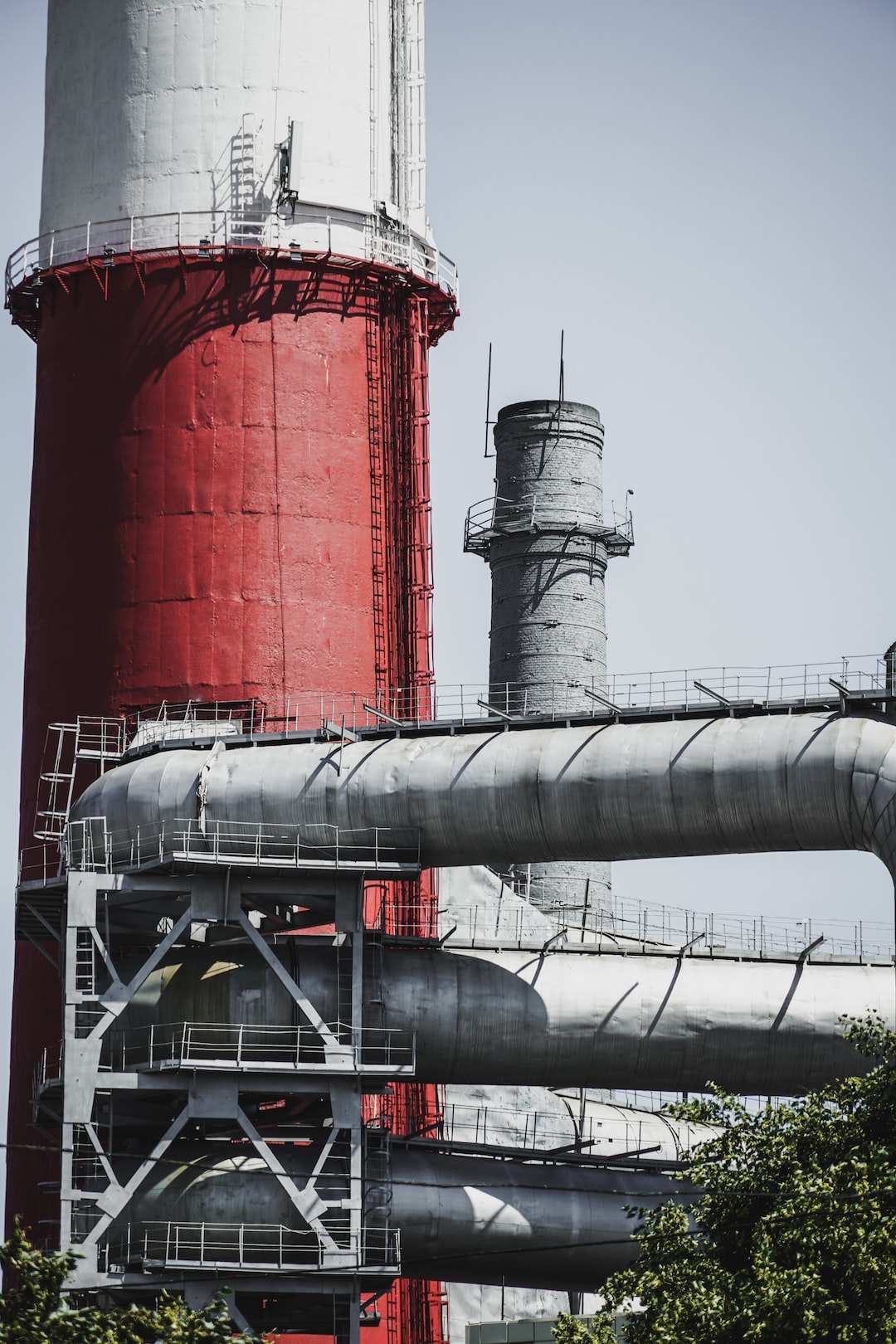The Rise of Additive Manufacturing: Prospects and Challenges
Additive manufacturing, also known as 3D printing, is revolutionizing the manufacturing industry. This innovative technology allows for the creation of complex and customized objects by building them layer by layer, using various materials such as plastics, metals, and even biological materials. The rise of additive manufacturing has opened up new possibilities and brought numerous benefits to various industries, including healthcare, automotive, aerospace, and consumer products. However, this technology is not without its challenges. In this blog post, we will explore the prospects and challenges of additive manufacturing.
Prospects:
One of the key prospects of additive manufacturing lies in its ability to enable on-demand production. Traditionally, manufacturing objects required lengthy and expensive processes, including tooling and molding. With additive manufacturing, however, objects can be created directly from a digital design file, eliminating the need for these time-consuming and costly steps. This means manufacturers can quickly respond to market demands and produce objects as they are needed, reducing inventory costs and waste. Moreover, additive manufacturing facilitates customization, allowing for the creation of unique and personalized products.
Another prospect of additive manufacturing is its potential to enhance sustainability. Traditional manufacturing methods often result in a significant amount of material waste. In contrast, additive manufacturing allows for precise and efficient use of materials, minimizing waste. Additionally, this technology can enable the production of lightweight and optimized designs, reducing both raw material consumption and energy requirements during transportation. By improving the sustainability of manufacturing processes, additive manufacturing can contribute to a greener and more environmentally friendly future.
Additive manufacturing also holds great promise in the healthcare industry. This technology enables the creation of patient-specific medical devices and implants, offering better treatment outcomes and improved patient comfort. The ability to rapidly produce customized prosthetics, dental implants, and surgical instruments has the potential to transform healthcare as we know it. Additive manufacturing also allows for the fabrication of bioprinted tissues and organs, paving the way for regenerative medicine and the potential to address the shortage of organs for transplantation.
Challenges:
Despite its various prospects, additive manufacturing still faces several challenges that need to be overcome. One of the main challenges is the limitation in material selection and properties. While there has been significant progress in developing a wide range of materials for additive manufacturing, it is still not comparable to the broad selection available in traditional manufacturing processes. This limitation restricts the application areas and hinders the full potential of additive manufacturing.
Another challenge lies in the need for skilled operators and designers. Additive manufacturing requires a different skill set compared to traditional manufacturing methods. As this technology continues to evolve, there is a growing demand for skilled professionals who can effectively operate and optimize additive manufacturing systems. Additionally, designing for additive manufacturing requires a different approach, considering the unique capabilities and limitations of the technology. The education and training of a new generation of additive manufacturing experts will be crucial for its continued growth and success.
Cost is another challenge that needs to be addressed. While additive manufacturing has become more accessible and affordable over the years, it still remains more expensive than traditional manufacturing methods for certain applications. The cost of equipment, materials, and post-processing can significantly impact the feasibility of adopting additive manufacturing. Further advancements in technology and economies of scale are needed to reduce costs and make additive manufacturing more cost-effective across different industries.
Conclusion:
The rise of additive manufacturing brings great prospects and opportunities for various industries. The ability to create complex, customized, and on-demand objects offers numerous benefits in terms of efficiency, sustainability, and improved healthcare. However, challenges remain, including material limitations, the need for skilled professionals, and cost considerations. Overcoming these challenges will require ongoing research, development, and collaboration between industry, academia, and policymakers. As additive manufacturing continues to evolve, it is expected to reshape the manufacturing landscape and unlock new possibilities for innovation and growth.
